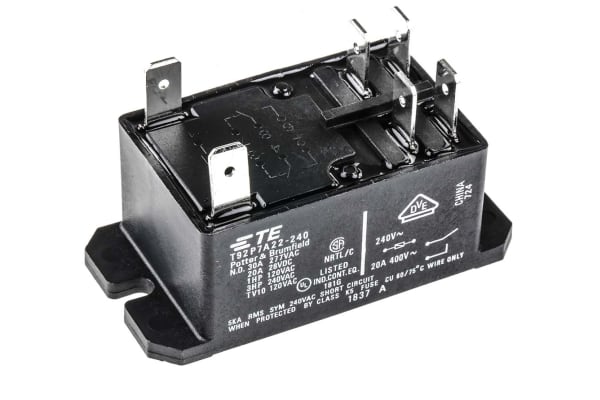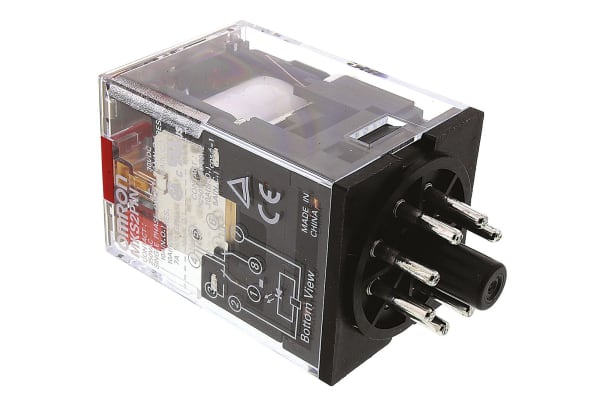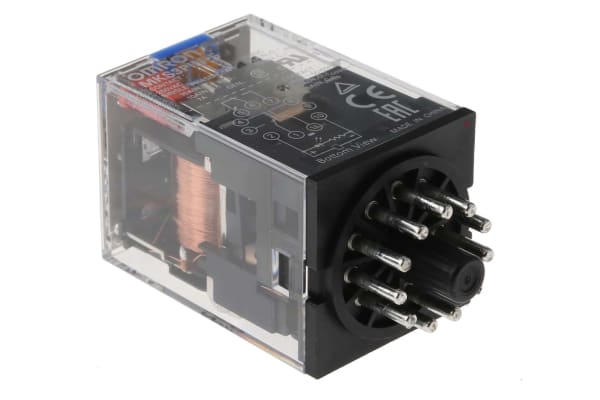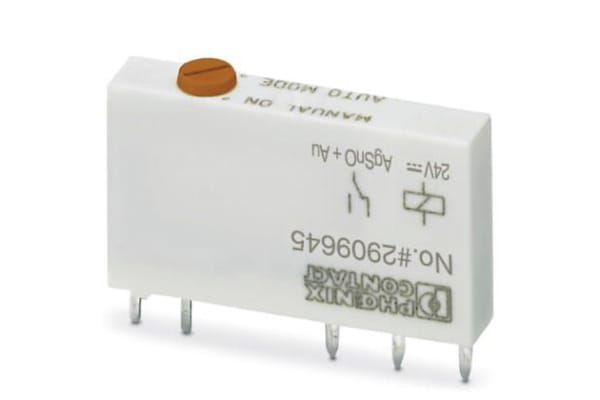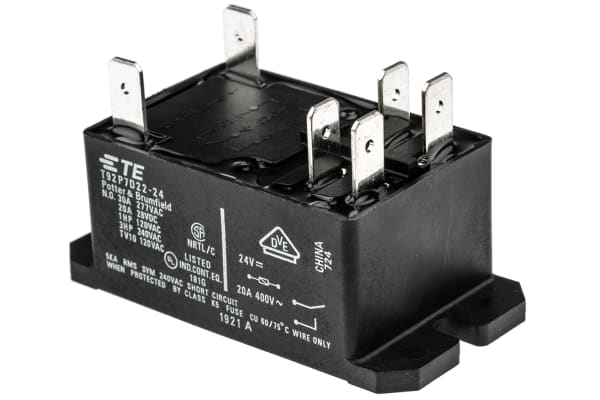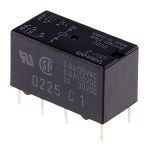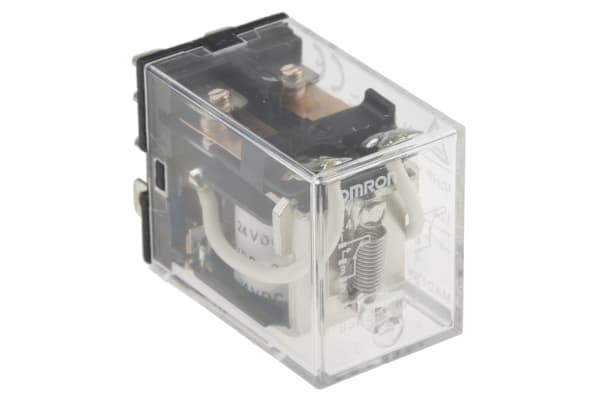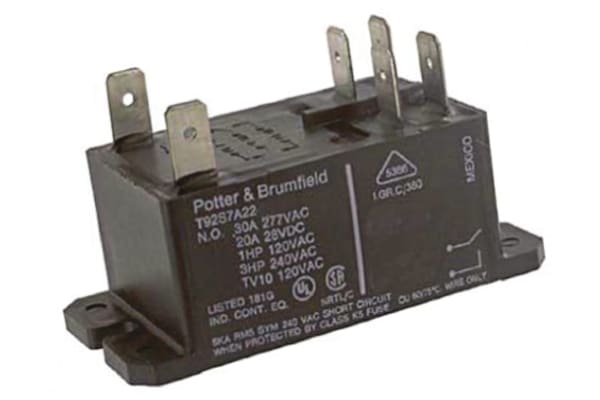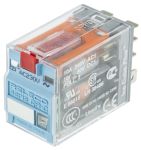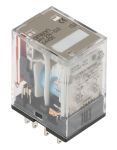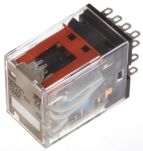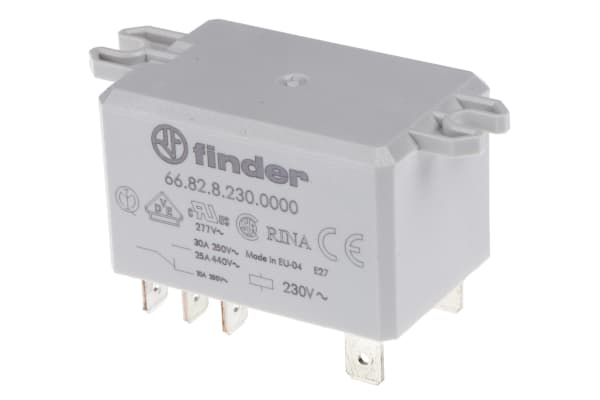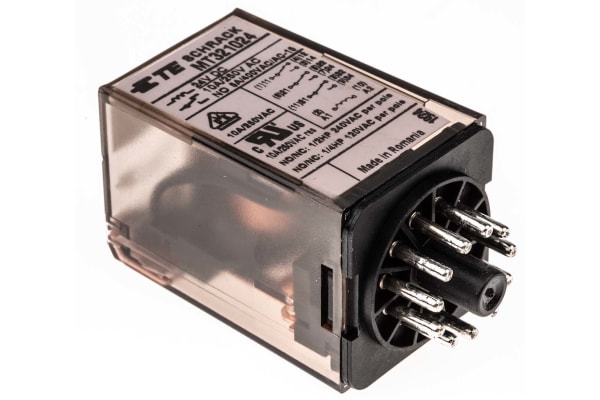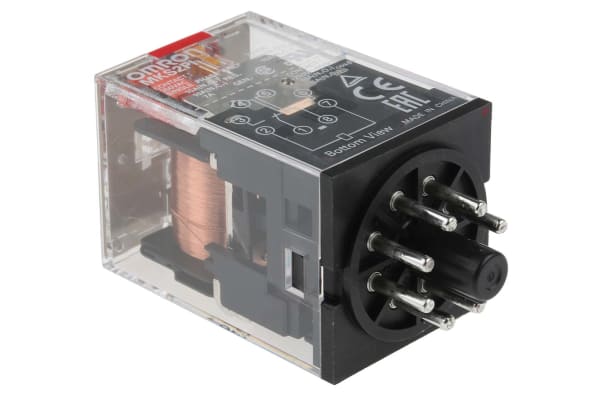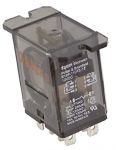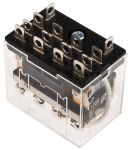Non-Latching Relays
Relays are electrical switches that are operated by electrical impulses with the primary function to open and close a circuit, they can also be referred to as industrial switches. There are 2 main types available, latching and non–latching relays.How do non-latching relays work?Non-latching relays are in a normally closed (NC) position and will stay in this state without power. When power passes through the circuit, the relay switched to a normally open (NO) position by using an internal coil to generate a magnetic force, holding this NO position. Once the current is turned off, it returns to the NC position. This makes non-latching relays well suited to push-button applications like keyboards and micro-controller input buttons.What are non-latching relays used for?Non-latching relays are highly durable and versatile components, making their performance long lasting and suitable for use in a wide range of applications, such as:Automotive enginesHousehold appliancesIndustrial machineryMedical equipmentTelecommunications equipmentWhat is the difference between latching and non-latching relays?Both types of relays in similar in design and function, however, a significant difference between them is that a latching relay will remain in the last position it when it was last powered, whereas a non-latching goes back to its normal position. This makes each more type of relay suitable for different applications. Considerations when selecting a relayWhen choosing a relay, it is important to consider a number of specifications to ensure it is fit for purpose, some factors include:Coil voltage – the required voltage to actuate the switching mechanism. If a voltage is too high this could damage the components, if it is too low then it will not actuate. Contact configuration – This is the state the contacts are in without power. For example SPST, single pole single throw.Contact material – the relay contacts are available in many materials that have certain properties. Common materials are gold, silver, tin oxide and nickel Coil power – the amount of power (watts) the coil operates at. This must match the power in the circuit for correct function. Coil resistance – the amount of resistance (ohms) in the circuit that the coil creates.
-
TE Connectivity, 240V ac Coil Non-Latching Relay DPNO, 30A Switching Current Plug In, 2 Pole, T92P7A22-240 6-1393211-2
IDR377,079.55 -
Schneider Electric, 230V ac Coil Non-Latching Relay DPDT, 5A Switching Current Plug In, 2 Pole, RXG22P7
IDR265,371.70 -
Omron, 110V ac Coil Non-Latching Relay DPDT, 10A Switching Current Plug In, 2 Pole, MKS2PINAC110
IDR225,828.17 -
Omron, 24V dc Coil Non-Latching Relay 3PDT, 10A Switching Current Plug In, 3 Pole, MKS3PIN-5 DC24
IDR252,155.56 -
Phoenix Contact, 24V dc Coil Non-Latching Relay SPDT PCB Mount Single Pole, 2909645
IDR286,244.81 -
Releco, 115V ac Coil Non-Latching Relay DPDT, 10A Switching Current Plug In, 2 Pole, C7-A20X / AC 115 V
IDR269,357.52 -
TE Connectivity, 24V dc Coil Non-Latching Relay DPNO, 30A Switching Current Flange Mount, 2 Pole, T92P7D22-24
IDR246,911.06 -
Omron, 9V dc Coil Non-Latching Relay DPDT, 2A Switching Current PCB Mount, 2 Pole, G5V-2 9DC
IDR279,846.52Pack (1 Pack of 5) -
Omron, 24V dc Coil Non-Latching Relay DPDT, 10A Switching Current Plug In, 2 Pole, LY2 24DC
IDR310,264.62 -
TE Connectivity, 6V dc Coil Non-Latching Relay SPDT, 5A Switching Current PCB Mount Single Pole, V23057B1A101
IDR279,636.74 -
Finder, 24V dc Coil Non-Latching Relay 4PDT, 12A Switching Current PCB Mount, 4 Pole, 56.44.9.024.0000
IDR309,530.39 -
TE Connectivity, 115V dc Coil Non-Latching Relay DPNO, 30A Switching Current Panel Mount, 2 Pole, T92S7A22-120 1393212-2
IDR315,718.90 -
Releco, 230V ac Coil Non-Latching Relay DPDT, 10A Switching Current Plug In, 2 Pole, C7-A20X / AC 230 V
IDR294,426.23 -
Finder, 230V ac Coil Non-Latching Relay DPDT, 16A Switching Current Plug In, 2 Pole, 62.82.8.230.0000
IDR282,783.44 -
Omron, 24V dc Coil Non-Latching Relay DPDT, 10A Switching Current Plug In, 2 Pole, MY2N-D2 24DC(S)
IDR132,161.40 -
Omron, 12V dc Coil Non-Latching Relay 4PDT, 5A Switching Current Plug In, 4 Pole, MY4N-D2 12DC(S)
IDR346,766.34 -
Finder, 230V ac Coil Non-Latching Relay DPDT, 30A Switching Current Flange Mount, 2 Pole, 66.82.8.230.0000
IDR307,747.26 -
TE Connectivity, 24V dc Coil Non-Latching Relay 3PDT, 10A Switching Current Plug In, 3 Pole, MT321024 7-1393091-0
IDR308,481.49 -
Wago, 24V dc Coil Non-Latching Relay, 10mA Switching Current DIN Rail Single Pole, 859-304
IDR594,096.96 -
Omron, 230V ac Coil Non-Latching Relay DPDT, 10A Switching Current Plug In, 2 Pole, MKS2PIAC230
IDR203,486.60 -
TE Connectivity, 12V dc Coil Non-Latching Relay DPDT, 15A Switching Current Panel Mount, 2 Pole, K10P-11DT5-12
IDR274,497.13 -
TE Connectivity, 24V Coil Non-Latching Relay DPNO, 30A Switching Current Panel Mount, 2 Pole, T92P7A22-24 6-1393211-0
IDR349,178.81 -
Panasonic, 24V dc Coil Non-Latching Relay DPDT PCB Mount, 2 Pole, JW2SN-DC24V
IDR258,763.63Pack (1 Pack of 5) -
Omron, 100/110V ac Coil Non-Latching Relay 4PDT, 10A Switching Current Plug In, 4 Pole, LY4AC100/110
IDR289,811.07



